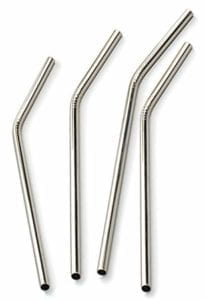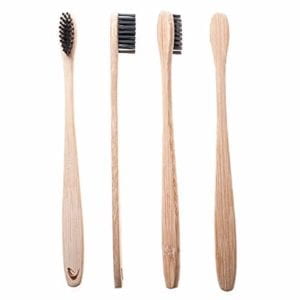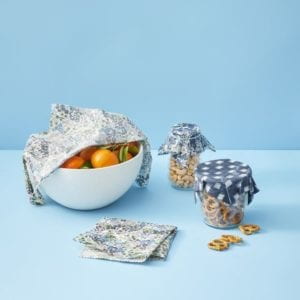Learn from China
- chinese knot
- chinese knot diy
A Chinese craft that I have always been interested in is Chinese knots. They began as a Chinese folk art in the Tang and Song dynasty, and can be seen everywhere as decorations. Especially around Chinese New Year, these Chinese knot decorations are hung up on walls and doors of homes and shops. Chinese knots are usually red, which is a lucky color in Chinese tradition. Chinese knots are similar to lanyards and are usually made from one long string, with intricate weaving and knotting. From my midterm research and experimentation, I was able to make a lanyard-like rope using braided plastic bags. I think that the traditional string used in Chinese knotting could definitely be replaced by the plastic rope, especially red-colored plastic ropes.
Find References
Research about plastic solutions and post it on your journal.
Everyone has to find at least three interesting solutions that already exist and their impact on a sustainable world. Evaluate them, using the information from the lectures and readings. Choose one between “Design Is The Problem” and “Bio-Thinking” as an evaluation framework or tool for assessing the sustainability of your these solutions
A lot of new daily-use products exist on the market nowadays to promote sustainability and allow consumers to make more eco-friendly decisions. However, many of these products that are supposedly solutions to reduce plastic waste could actually be contributing to the problem. Some examples of trendy, sustainable products are reusable metal straws, reusable aluminum water bottles, bamboo toothbrushes, and wax wraps.

1 – Metal Straws
Reusable metal straws have become incredibly popular after international backlash about plastic drinking straws harming ocean life. The concept seems harmless, if everyone reused one straw, there would not be a need for plastic straws and therefore there would be no disposal necessary. However, there are several hitches in this supposedly ethical product. Firstly, the nickel required to make these metal straws is mined in Palawan and relies on underpaid work in dangerous conditions. Secondly, according to this study, the energy used to produce a single metal straw is equivalent to the energy used to produce 90 plastic straws. Under the framework put forth by “Bio-Thinking”, reusable metal straws do not meet the standards of a truly sustainable product because it is not cyclic in production, and is not socially ethical.

2 – Bamboo Toothbrushes
Bamboo toothbrushes are another popular “sustainable” product that claims to aid the reduction of plastic waste from toothbrushes. Instead of having the handle made from plastic, they are created from bamboo which is a natural and non-toxic material. However, the issue with toothbrushes is that the bristles are still mostly made from polyester or other forms of plastic. This article details a few experiments done on various bamboo toothbrushes to test for plastics. Some brands claim that their bristles are made of biodegradable or BPA free plastic, but there is very little transparency because production is mostly outsourced to Asian countries, which often – once again – rely on underpaid labor in unsafe conditions. Under the framework put forth by “Bio-Thinking”, bamboo toothbrushes also do not meet the standards of a truly sustainable product because it is only partially cyclic in production, and is not socially ethical.

3 – Wax Wrap
Wax wraps are a kitchen product meant to replace plastic cling wrap. Plastic wrap is basically impossible to recycle because of its sticky properties, and it is a huge pollutant. In response, many people have turned to reusable wax wraps, which are sheets of fabric coated in wax. One large advantage of wax wraps are that they can be made at home and do not necessarily have to be purchased. Beeswax is also a natural material and can be sourced ethically from local beekeepers. The only possible issue is the fabric. As we have learned, the textile industry is one of the most ecologically harmful industries as it requires immense amounts of energy and natural resources to produce, while also producing excessive amounts of waste. In the spirit of DIY, people can create these wax wraps from old clothes or other textiles that would otherwise go to waste. In the “Bio-Thinking” framework, wax wraps are perhaps a better sustainable product because of the DIY potential. If everyone were to create them in their own homes, the social, efficiency, and energy aspects of sustainability would not be an issue. The products are also mostly cyclic to produce, save for the fabric. Ideally, these wax wraps can be reused as long as there is a continuous supply of beeswax.
While the ideology of these “sustainable” producs are commendable, the main issue that they are trying to reduce waste while using more resources. Any new product requires new resources, and oftentimes the process of creating the object – rather than the disposal – is more harmful and wasteful.


Leave a Reply